Parts of the Brain - AP Psych (copy)
1/28
Earn XP
Description and Tags
Biological Bases of Behavior Unit
Name | Mastery | Learn | Test | Matching | Spaced |
|---|
No study sessions yet.
29 Terms
cerebral cortex
body’s info-processing center; originates distinctly human traits
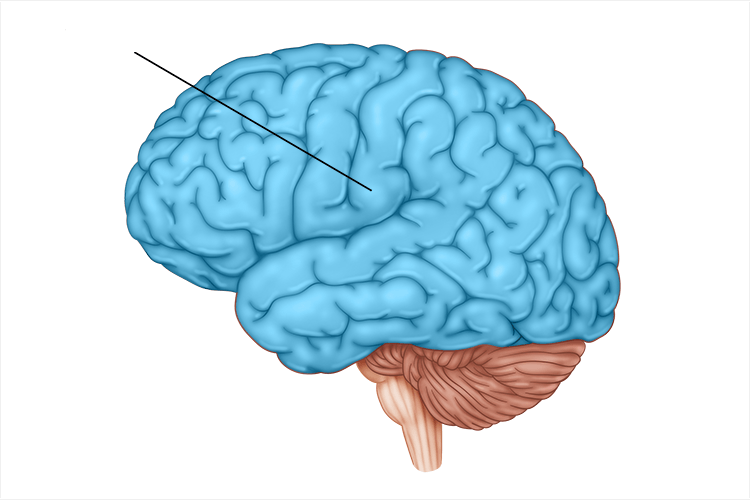
thalamus
directs messages to sensory receiving areas in the cortex and transmits replies to the cerebellum and the medulla; relays sensory info except smell; located at top of brainstem
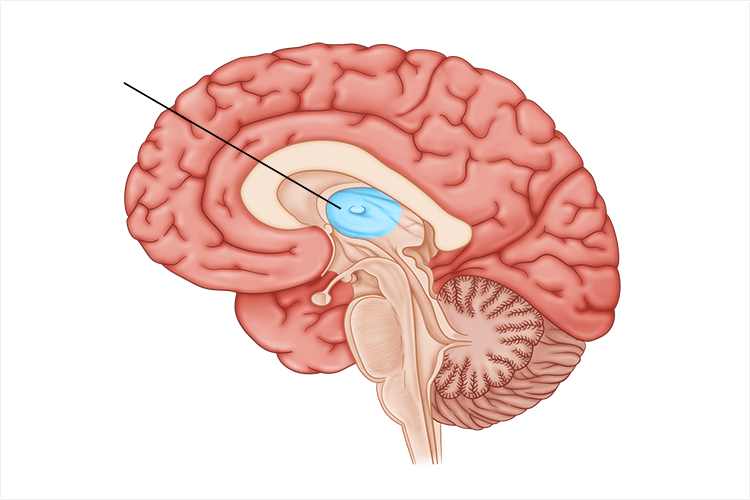
corpus callosum
neural fibers connecting the two brain hemispheres and carrying messages between them
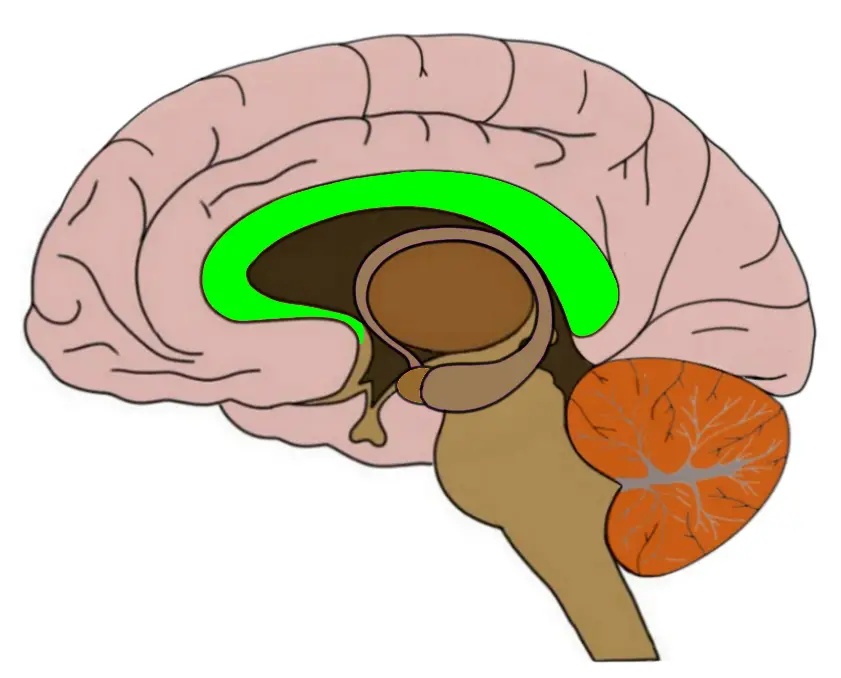
hypothalamus
directs several maintenance activities (eating, drinking, body temp) and helps govern endocrine system via the pituitary gland; also linked to emotion and reward, arousal, sexual activity, sleep, heart rate
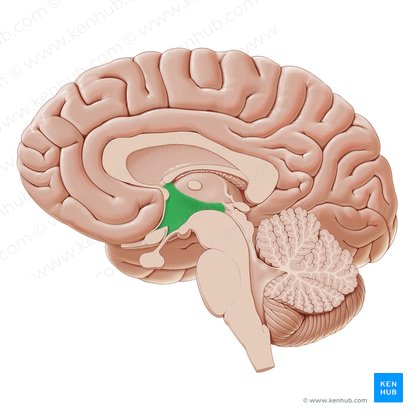
amygdala
linked to emotions like fear and anger and coordinates fight or flight; effects: aggression
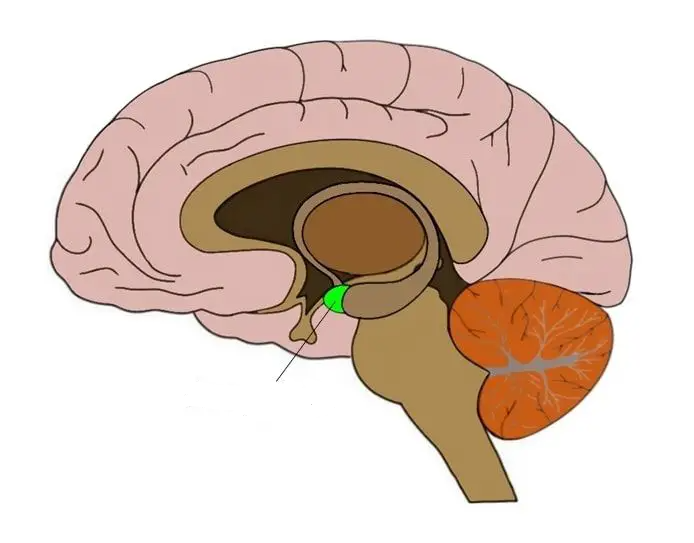
pituitary gland
master gland that secretes hormones that tell other glands to secrete their hormones; regulates growth
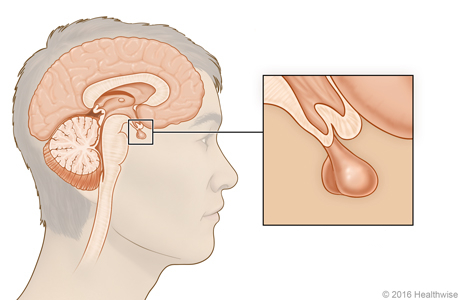
reticular formation
plays a role in controlling conscious arousal and helps filter out unnecessary stimuli; brainstem
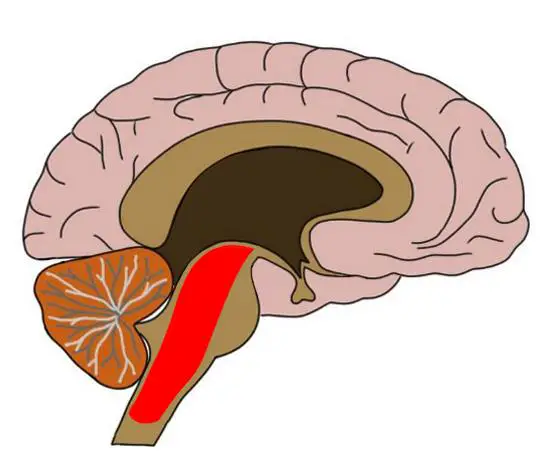
pons
plays a role in regulating sleep (sleeping, waking, REM) and coordinating facial expressions, wakefulness, arousal

medulla
controls heart beat and breathing

brainstem
responsible for automatic survival functions (breathing, swallowing, heart rate, blood pressure, consciousness)
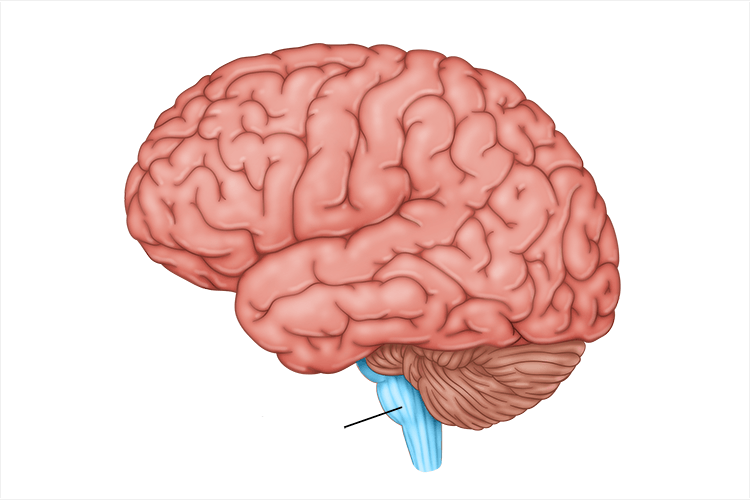
spinal cord
how brain communicates with body
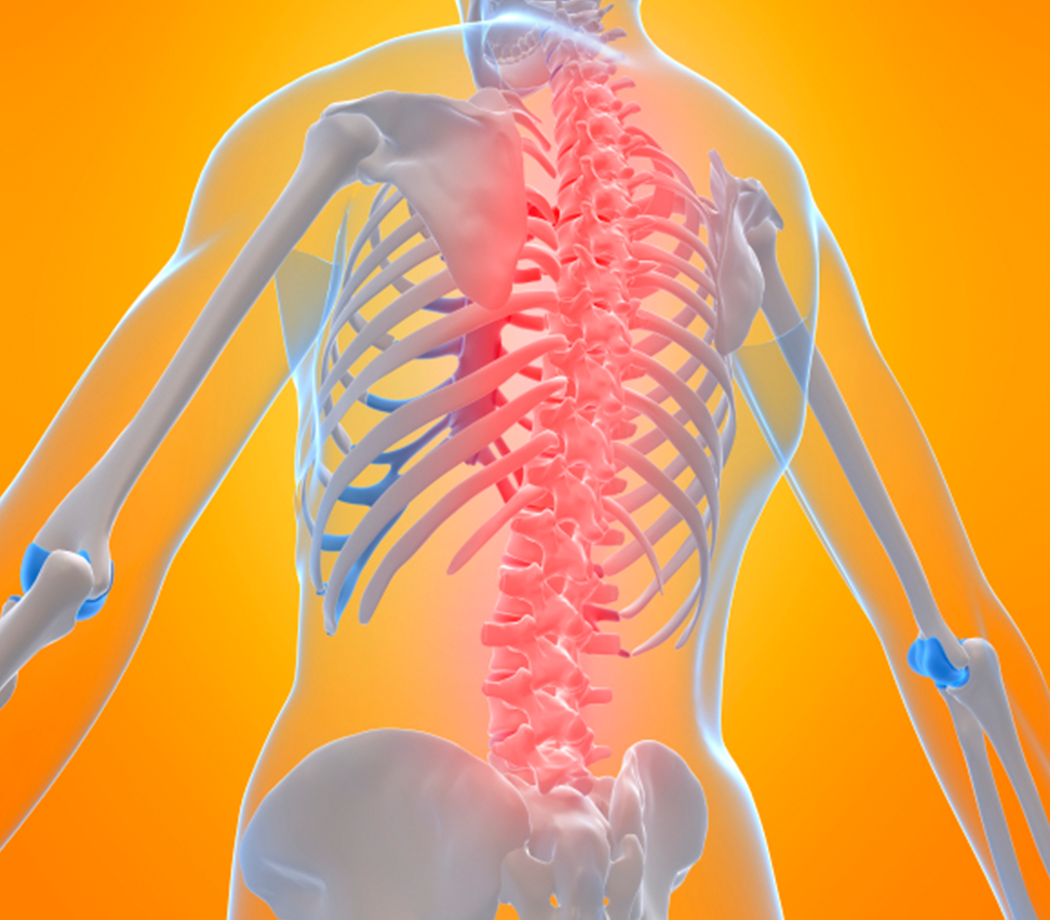
cerebellum
processes sensory input, coordinates voluntary movement and balance, and nonverbal learning and memory

hippocampus
critical role in formation, organization, and storage of new memories (declarative memories)
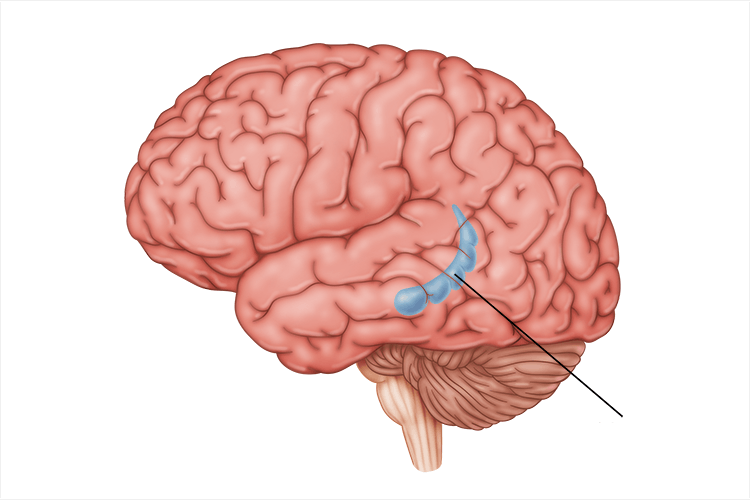
limbic system
associated with emotions, drives, and conscious memories
frontal lobe
involved in speaking and muscle movements and in making plans and judgements; “higher” cognitive functions
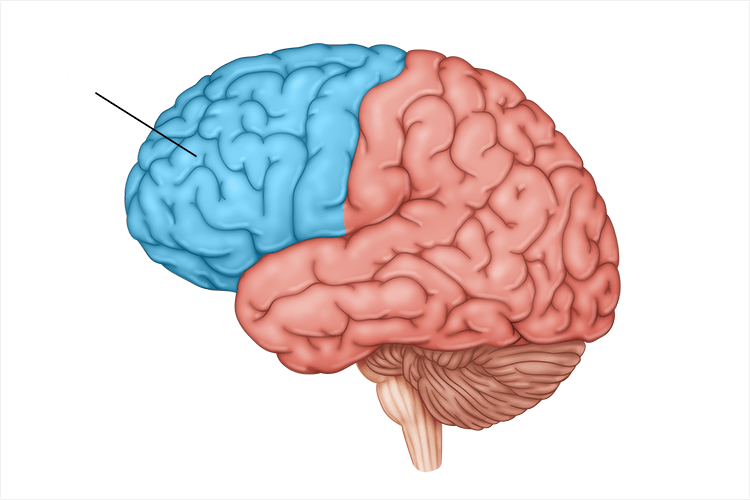
prefrontal cortex
associated with planning and complex cognitive behavior, personality expression, decision making, and moderating social behavior; functions that differentiate us from animals?
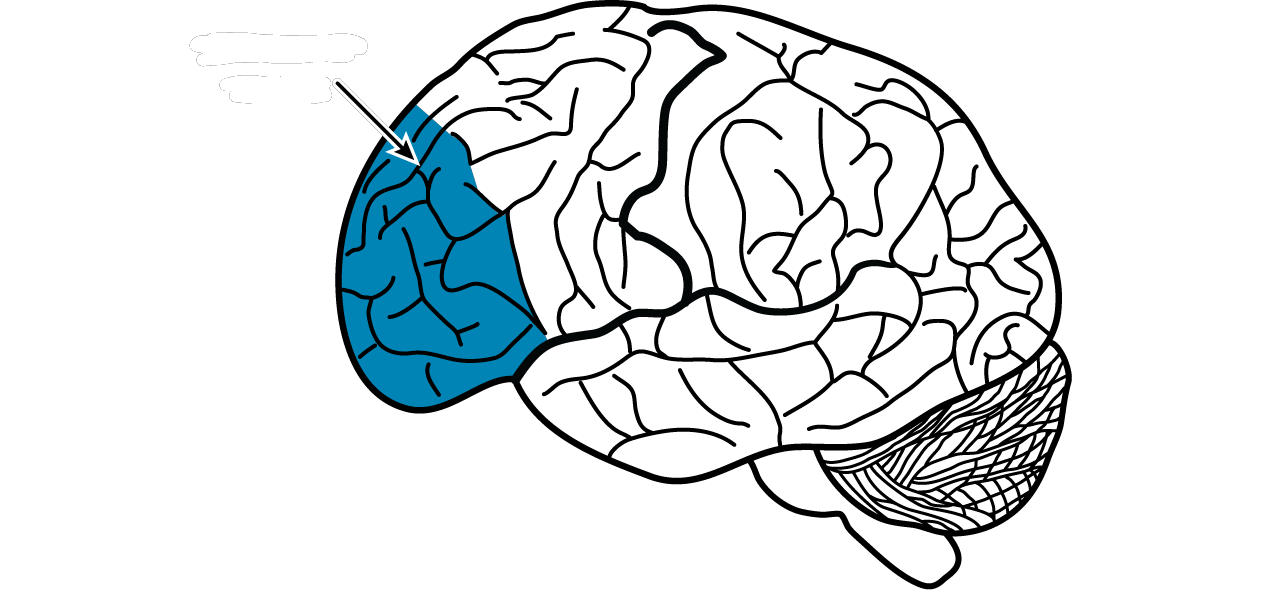
primary motor cortex
controls voluntary movements; part of frontal lobe
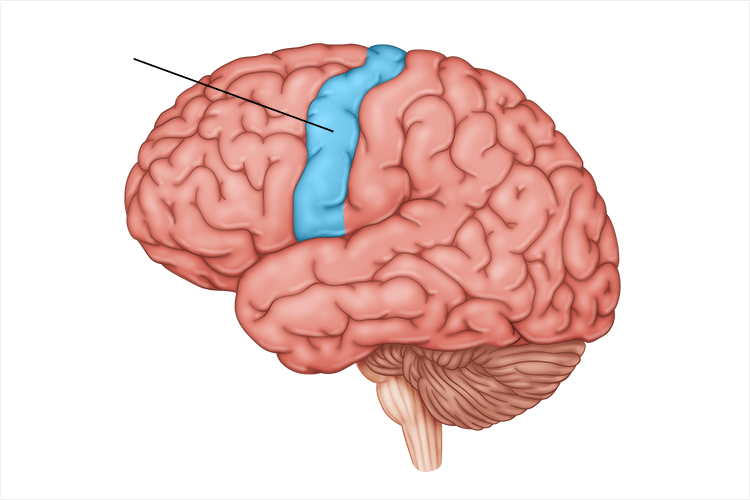
somatosensory cortex
processes body touch and movement sensations; part of parietal lobe

parietal lobe
receives sensory input for touch and body position; visuospatial processing, spatial attention + mapping
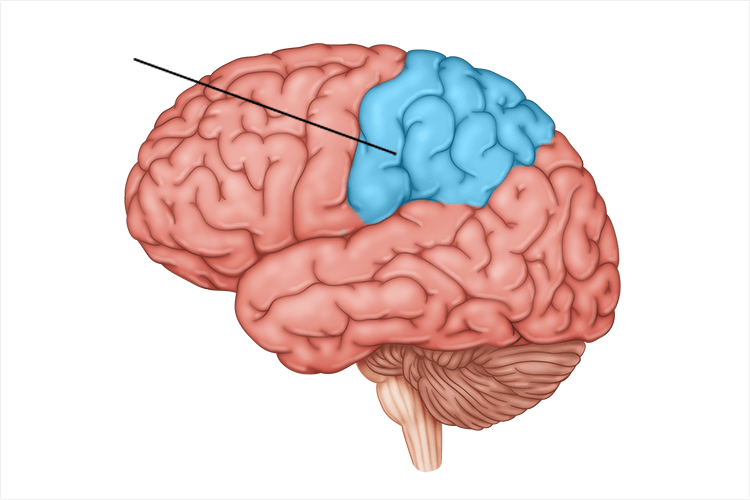
occipital lobe
vision

temporal lobe
includes auditory areas; understanding lang, learning, memory, recognition, perception (hearing, vision, smell)
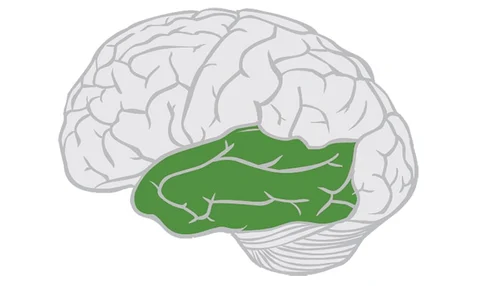
Broca’s Area
controls motor function and speech production; only in left hemisphere
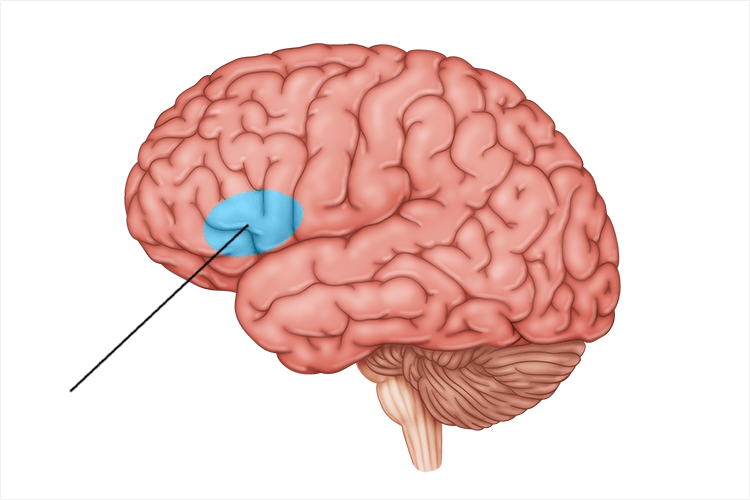
Wernicke’s Area
language comprehension; only in left hemisphere
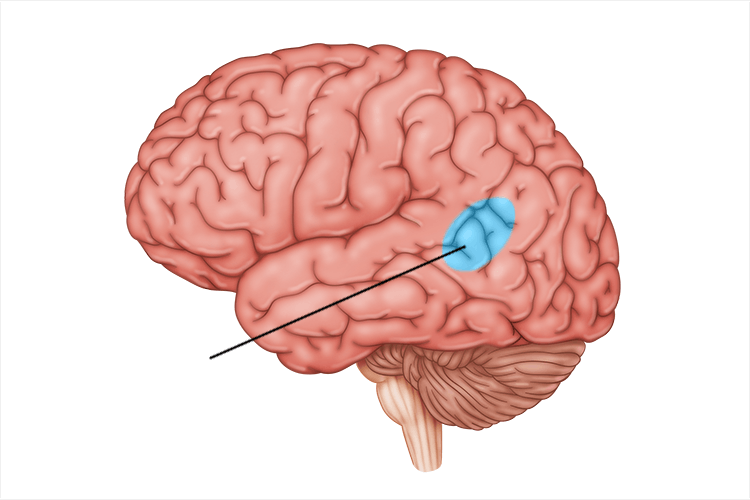
plasticity
brain’s ability to change, especially during childhood, by reorganizing after damage or by building new pathways based on experience
dual processing
the principle that info is often simultaneously processed on separate conscious and unconscious tracks
cerebrum
largest part of the brain consisting of two hemispheres that enable perceiving, thinking, and speaking (left hemisphere controls right side of body); evolutionarily newest part of brain
left hemisphere
controls right half of body, speaking, reading, writing, math, analytical
right hemisphere
controls left half of body, perceptual tasks, music, spatial reasoning, figurative thinking, negative emotions, emotional expression, shapes
split brains
a condition caused by surgery that isolates the brain’s hemispheres by cutting the fibers connecting them